JHZR2
Staff member
Hi,
We have an older home with original wood doors with wood frames. We removed the doors to do some repairs and suring up of them...
In doing that, we removed the insulation, which worked marginally.
So I'm curious of what the best insulation scheme is to seal the gaps in the doors. I had used different adhesive backed foams, but maybe something else is better. I've seen brass and plastic strips that fold over when thecdoor is closed, are these better in some situations? Gaps on some doors are irregular. Most are between 1/16 and 1/4, but the top of our entry door varies more like 1/8 to 1/2 over 36"!
Any suggestions? I've snapped a few phone pics which likely don't help much but at least give some idea...
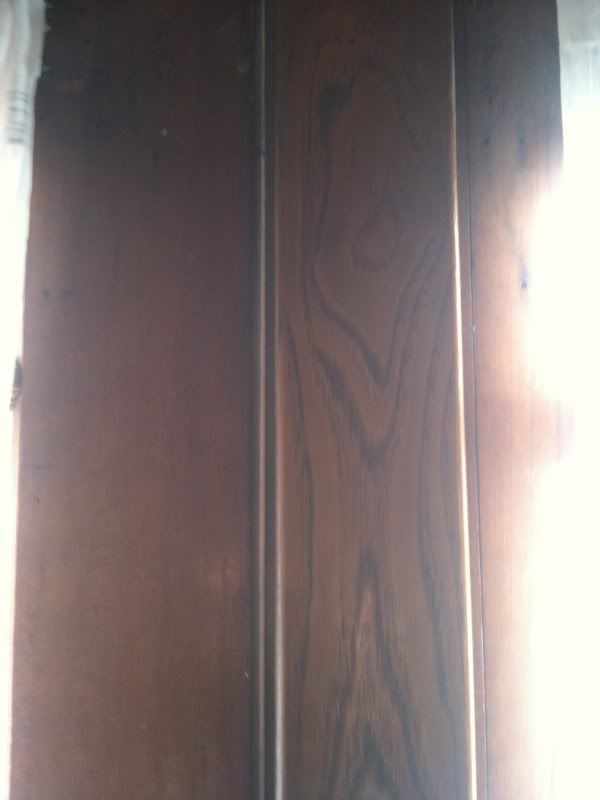
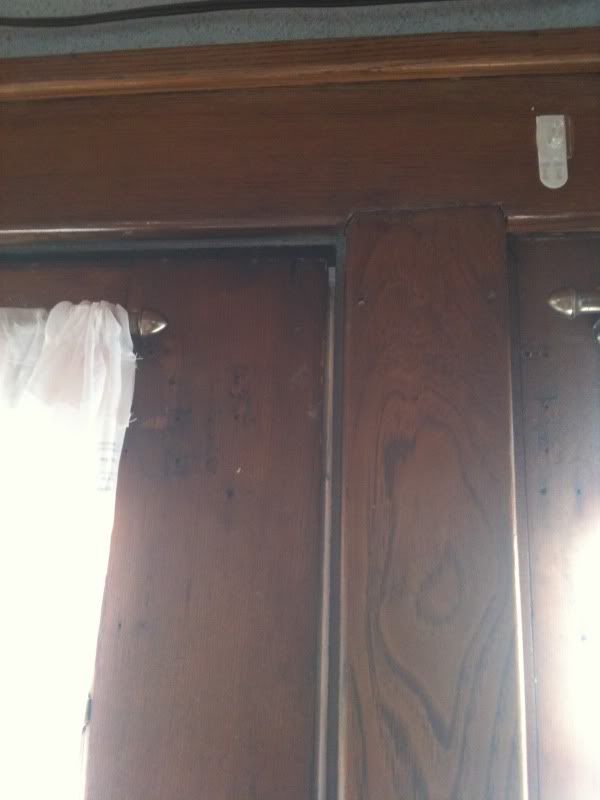
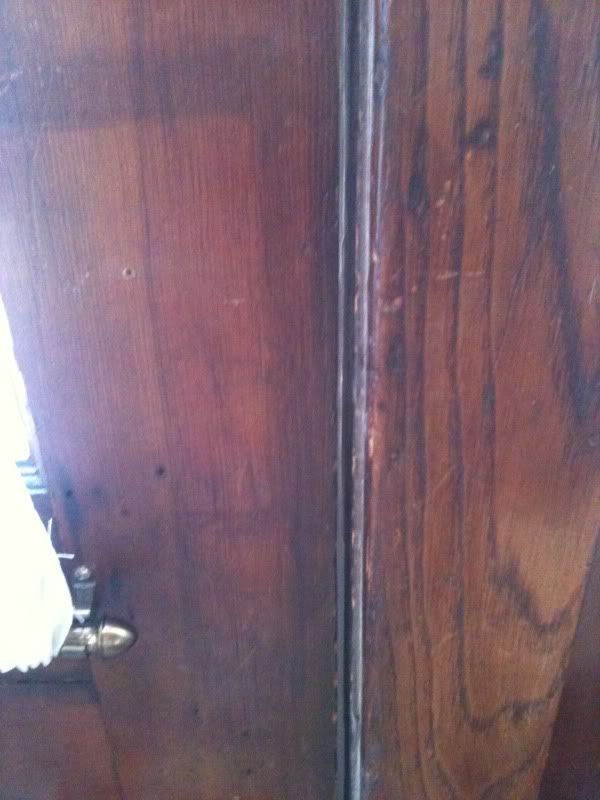
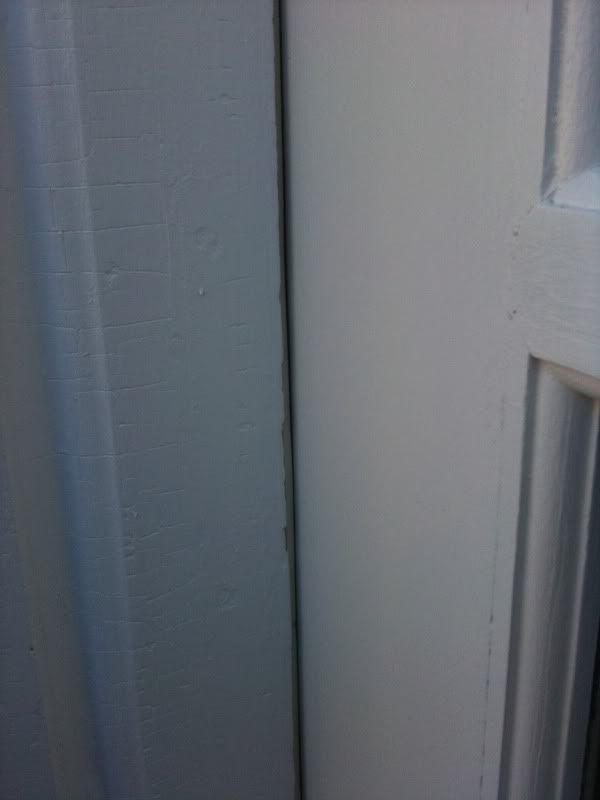
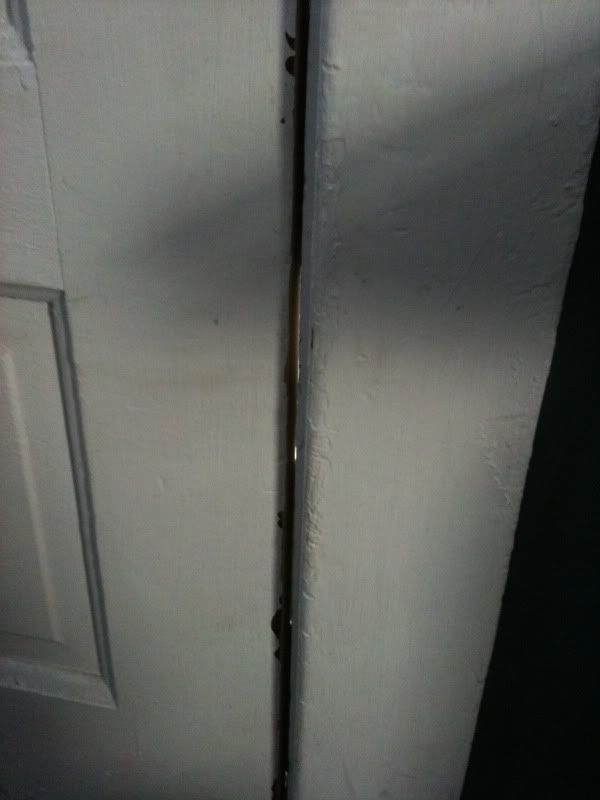
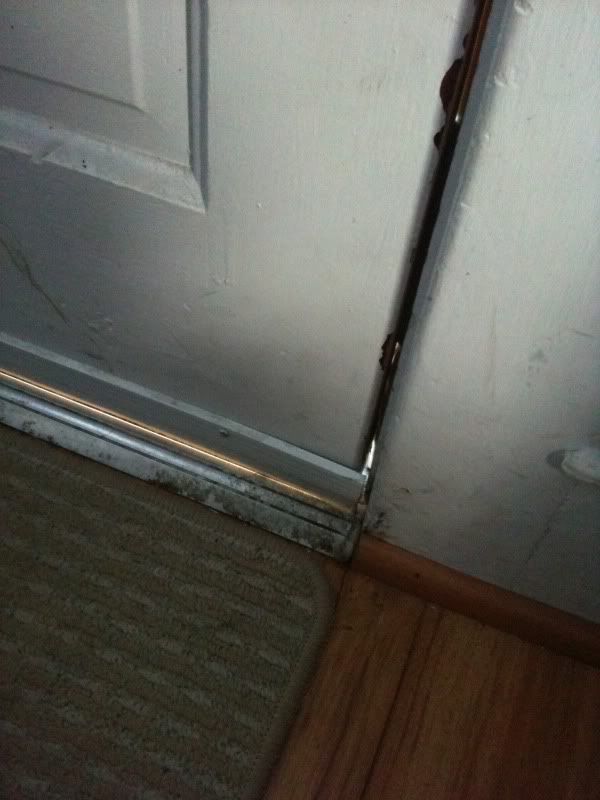
Thanks!
We have an older home with original wood doors with wood frames. We removed the doors to do some repairs and suring up of them...
In doing that, we removed the insulation, which worked marginally.
So I'm curious of what the best insulation scheme is to seal the gaps in the doors. I had used different adhesive backed foams, but maybe something else is better. I've seen brass and plastic strips that fold over when thecdoor is closed, are these better in some situations? Gaps on some doors are irregular. Most are between 1/16 and 1/4, but the top of our entry door varies more like 1/8 to 1/2 over 36"!
Any suggestions? I've snapped a few phone pics which likely don't help much but at least give some idea...






Thanks!



